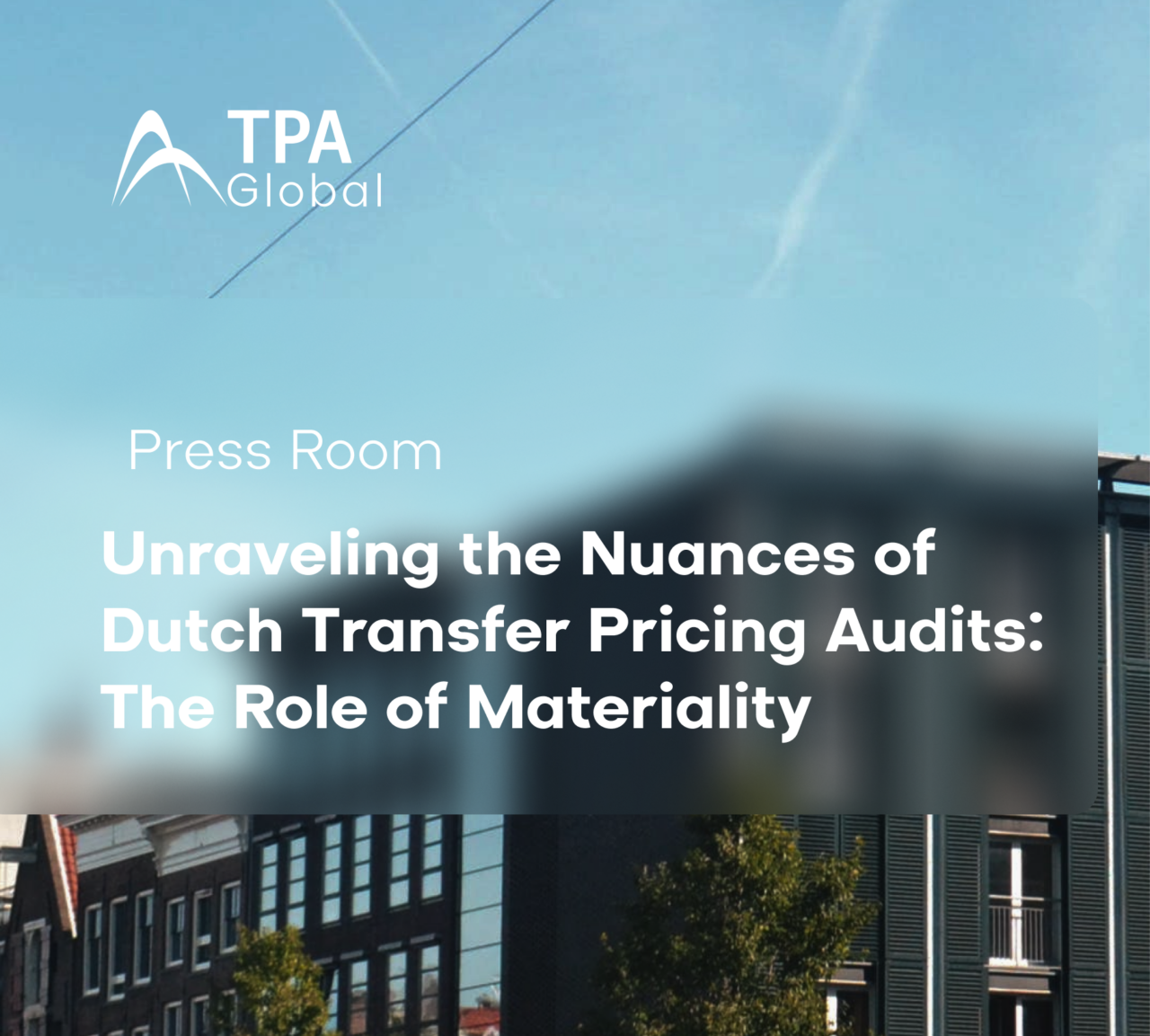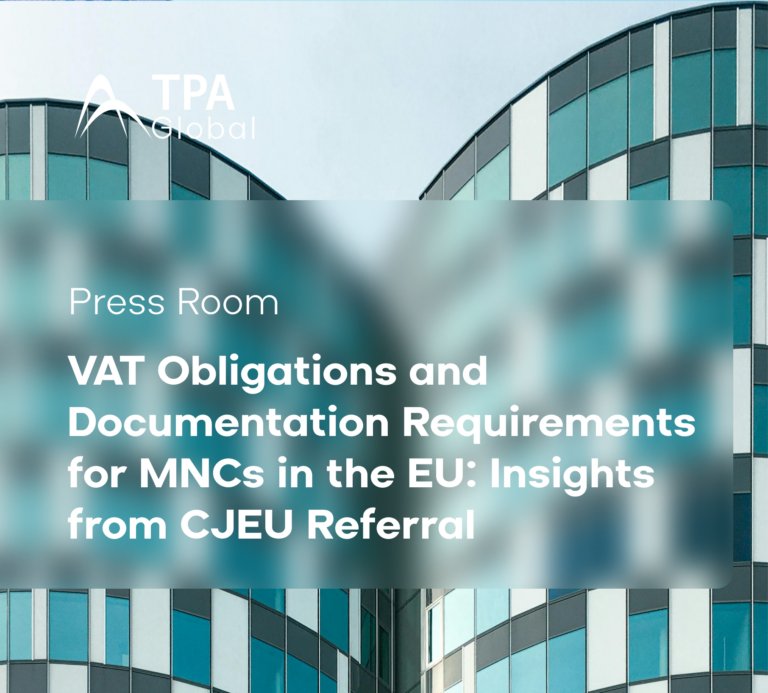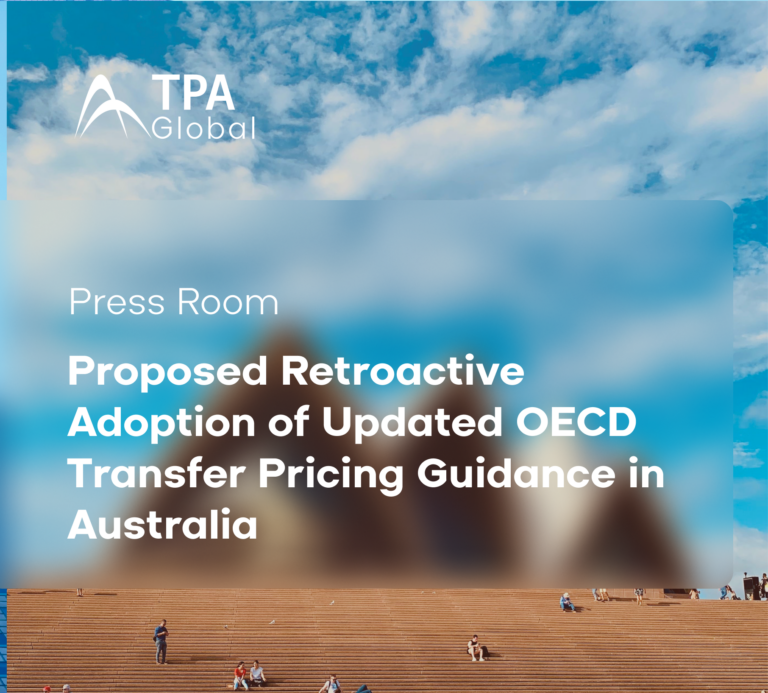Delving into the intricacies of Dutch transfer pricing, one might wonder – does the Netherlands apply a materiality threshold to the value of intercompany transactions? The answer lies in the intersection of Dutch corporate income tax law, OECD Transfer Pricing Guidelines, and the Dutch Transfer Pricing Decree.
Dutch corporate income tax law remains silent on the matter, however the Netherlands, introduces an interesting facet in its Transfer Pricing Decree that aligns with the OECD guidelines. This addition dictates that large multinationals need only include “each material category of controlled transactions” in their Dutch Local Files.
However, the pivotal question arises – what qualifies as “material”?
To demystify this, the Dutch tax authorities rely on a Handbook, which is a comprehensive guide that outlines procedures and standards for tax audits. In Section 5.8 of the Handbook, a crucial concept emerges – tax inspectors are not mandated to achieve a 100% accuracy level in their audits, a feat deemed impractical. Instead, they are tasked with attaining a “reasonable degree of certainty” in their evaluations, and “materiality” becomes the compass guiding the necessary accuracy level.
Materiality, in this context, is linked to the size of the taxpayer. The Handbook provides a table for tax inspectors to gauge materiality. For instance, if a Dutch taxpayer boasts revenues of EUR 10 million, the materiality threshold stands at EUR 300,000. Importantly, this threshold, when read in conjunction with the Dutch Transfer Pricing Decree, is likely intended to be applied to each category of transactions.
This approach highlights the pragmatism in Dutch tax audits. It recognizes that absolute precision may not always be achievable and allows for a practical, yet thorough, examination of transactions. For tax professionals navigating the intricacies of Dutch transfer pricing or investors keen on understanding the regulatory landscape, grasping the concept of materiality is paramount.
As we traverse the intersection of Dutch tax regulations, OECD guidelines, and practical audit methodologies, the emphasis on materiality emerges as a key factor in ensuring a fair and realistic evaluation. This insight becomes particularly valuable for those exploring transfer pricing services, as it provides a glimpse into the considerations that underpin Dutch tax audits, fostering transparency and understanding in an evolving financial landscape.
To keep updated on news, visit our Global News Page.
Don’t miss our most recent updates and articles; follow us on LinkedIn.



